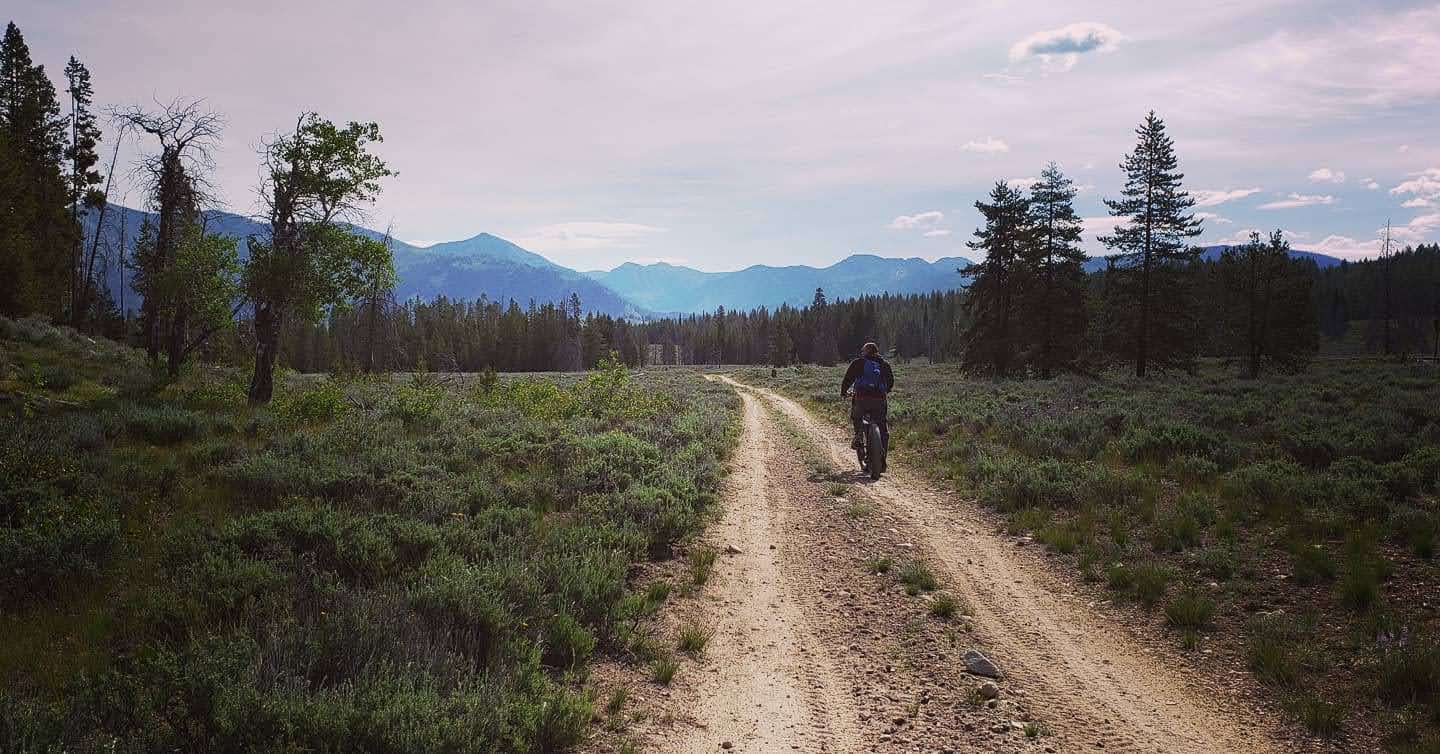Have you ever come across a mud puddle right in the middle of your hiking trail? What did you do….go around it or walk through it? Confessions: Personally if I encountered mud, I used to go around it. I mean, who wants mud all over their boots and clothes, right?!
Turns out….traveling thru the mud puddle is the better of the two options because it doesn’t make the trail wider if others decide to follow your non-mud puddle route. Widening the trail in this manner can end up damaging the plants and grasses on the sides of the trail and degrading the area. Turns out muddy shoes, tires, and clothing are easier to clean up.
Most organizations discourage people from using trails that are muddy because of the deep ruts from bike tires and indentations from your footsteps that are left behind. When the trail is dried, it makes it more difficult to walk or ride on – think twisted ankle or potential bike crash. So – know before you go!

If weather has been bad, check the trail conditions before you head out. Sometimes you need to save one trail for a different day and pick an alternate one. If you’re hiking or biking in the spring or winter months when the trails are more likely to be muddy, go when it’s cooler – this typically means a nice early morning hike or ride. The trails haven’t been softened by the sun yet, they’re typically less crowded, and if you’re like me and sweat like a pig, your body will be less overheated. Consider choosing a trail that is exposed to a lot of sun if you choose to go later in the day. It’s likely to be drier. And hike or bike in the middle of the trail to avoid contributing to erosion.
I enjoy hiking on my own but also love the company of friends on the trail. Sometimes the conversations – as labored as they may be due to being out of breath – help take your mind off tough climbs. Do you walk side-by-side or in a single file when chatting along the trail? Confession time again….I’ve carelessly walked side-by-side more often than I would like to admit. There I was damaging the ecosystem around the trail again. As irritating as it may be to have to ask, “what did you say,” several times during a hike, it’s better than contributing to trail degradation.

Especially when you consider this: according to Leave No Trace (LNT.org), “it could take 10-30 years for an ecosystem to recover from irresponsible off-trail hiking/biking or camping.”
Ouch!
So become a reformed trail degrader like we are. Stay in the middle of the trail, avoid muddy trails when possible but if you encounter a mud puddle, travel through it. Travel single file when going with a group. Most of all, be an example to others and be kind to those who may not know as much as you do.
What other tips do you have for us trail users?
